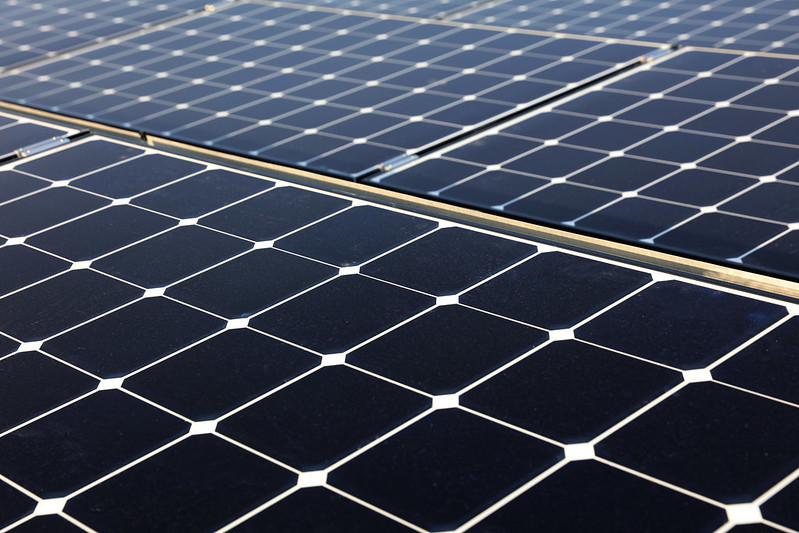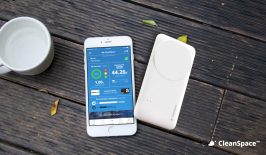While technology has developed in leaps and bounds in many industries, particularly electronics, battery technology just hasn’t kept up the pace. Just think how difficult it is for many people to replace the batteries in one or two smoke detectors in their home. It’s a problem that hasn’t changed in decades.
Add several more useful devices or sensors to each room of a house – for example, an air quality monitor, a motion sensor that adjusts the lighting and heating, or a device for the garden that checks on soil and water conditions. Now imagine that on a larger scale – as the use of IoT devices continues to grow, changing billions of single-use batteries is costly, time-consuming, and a disaster for the environment.
People are already looking for alternative ways to supply the tiny amount of consistent power that IoT devices might need, from harvesting radio waves in urban areas to tapping into the constant heat cycle of our day to generate power.
Epishine, a Swedish company, offers another approach – printing organic solar cells that harvest ambient light around them to power sensors and indoor IoT devices. Their solar cells are able to hold energy for up to three weeks even in very low-light conditions, such as the depths of a dark winter.
The real innovation here though is that the company’s manufacturing is via printing solar cells, which is far cheaper and more scalable than traditional glass and silicon solar cell manufacturing. The process essentially prints plastic on plastic, using no rare metals, producing cells which are thin, light, and flexible, with a payback period of a maximum of four weeks, and an estimated lifespan of 20 years.
As well as all that, Epishine purposefully focuses on integrating with small devices indoors and their innovation has be shown to be one of the most efficient on the market.
The company has won a number of Scandinavian and European Awards for innovation in clean tech, and has started manufacturing via a production pilot, including verifiable demonstrations powering a sensor and LCD screen. The team’s focus is first on indoor energy harvesting, with their next phases focused on areas where conventional solar cells don’t work, and finally, ramping up production to large scale, using machines the size of a newspaper press to produce massive quantities of useful energy generation that lasts.






